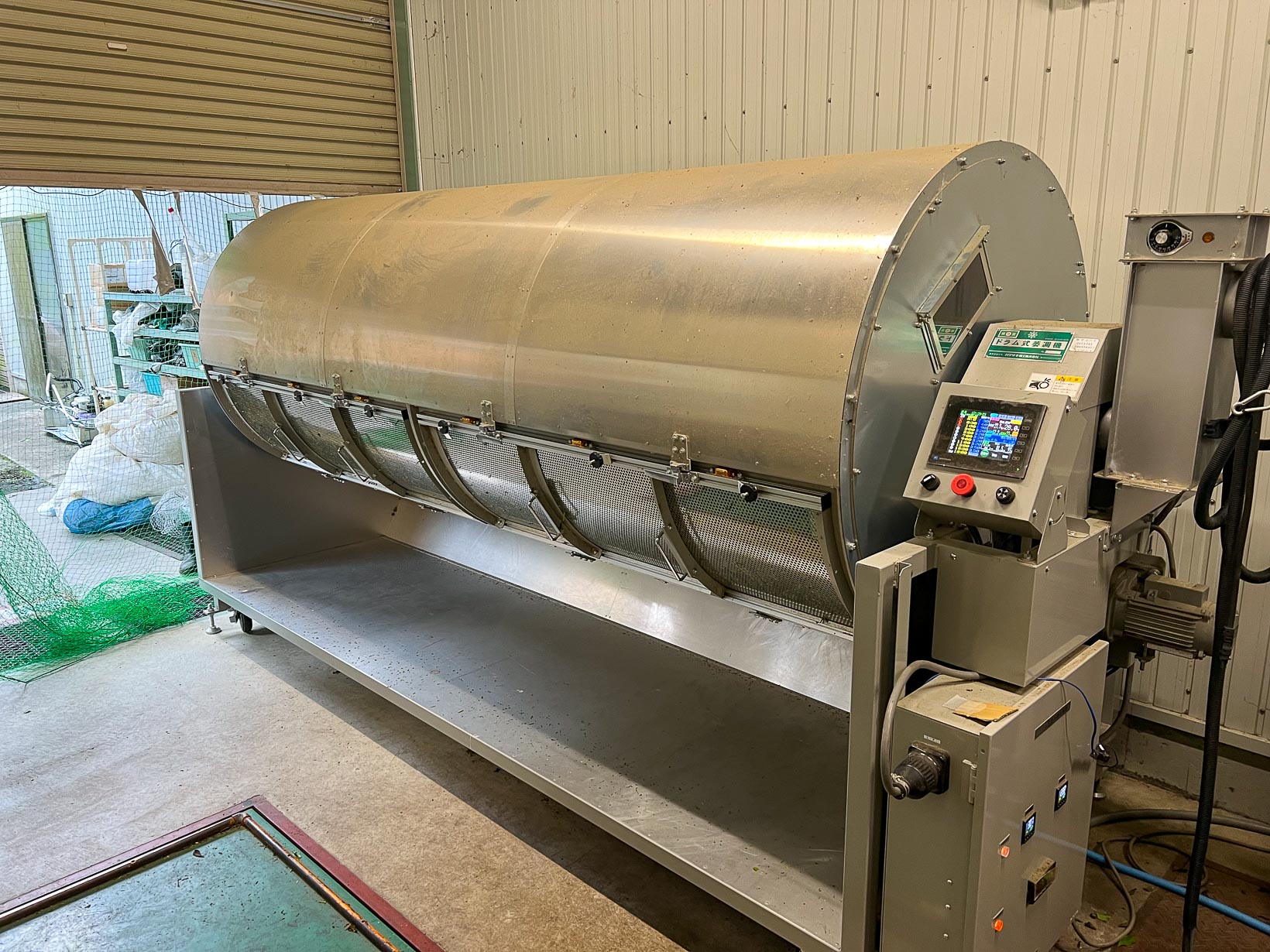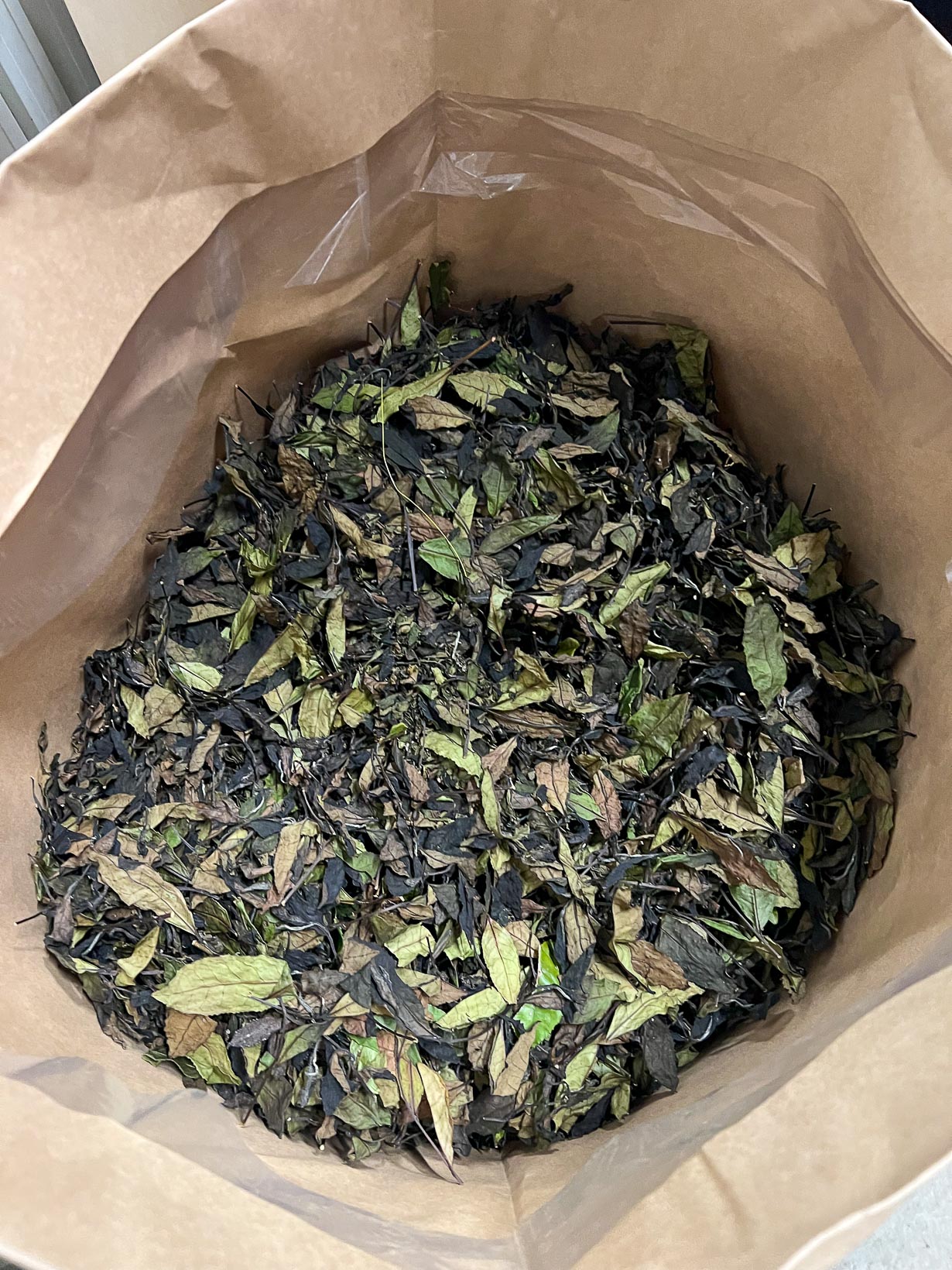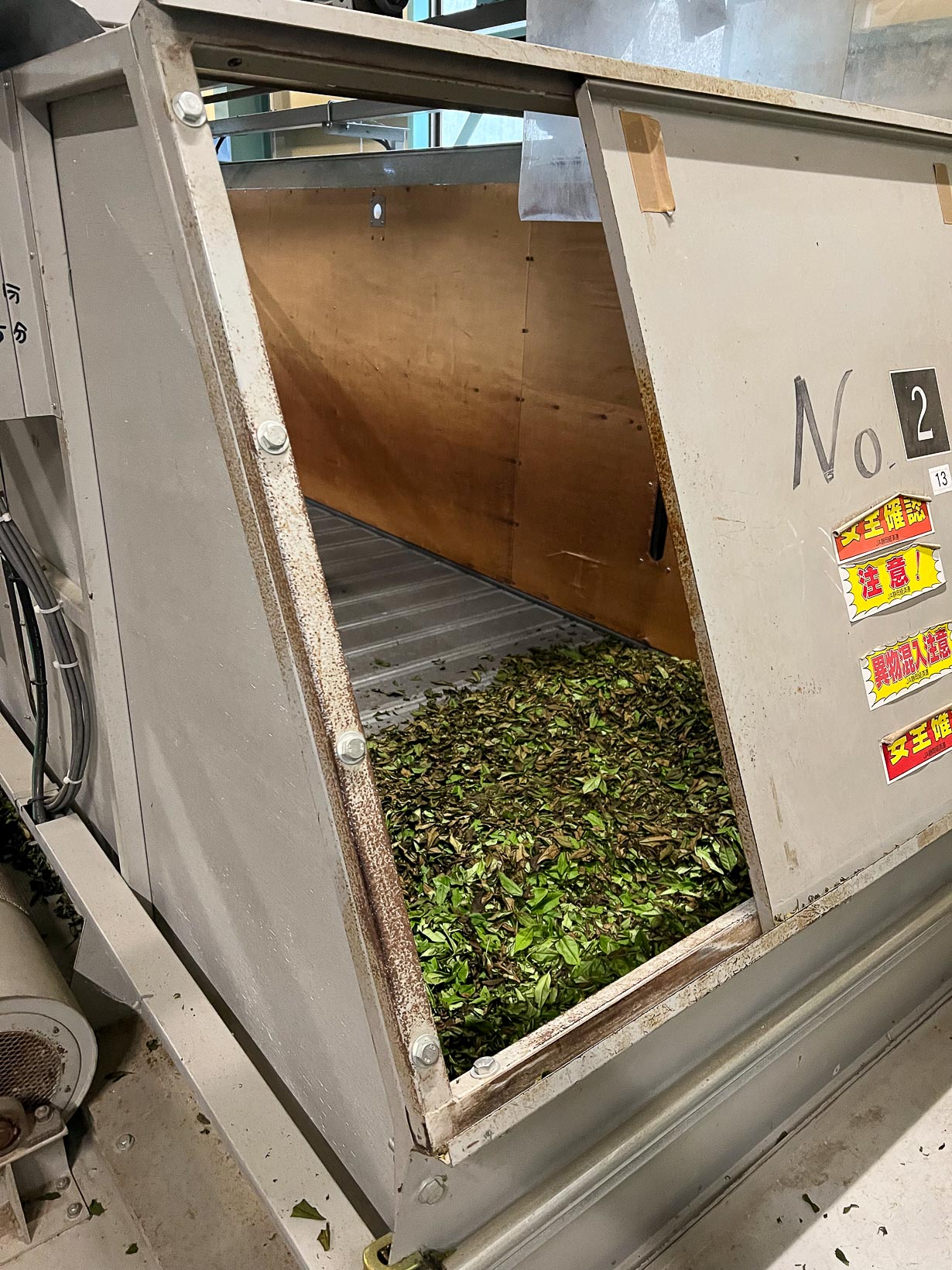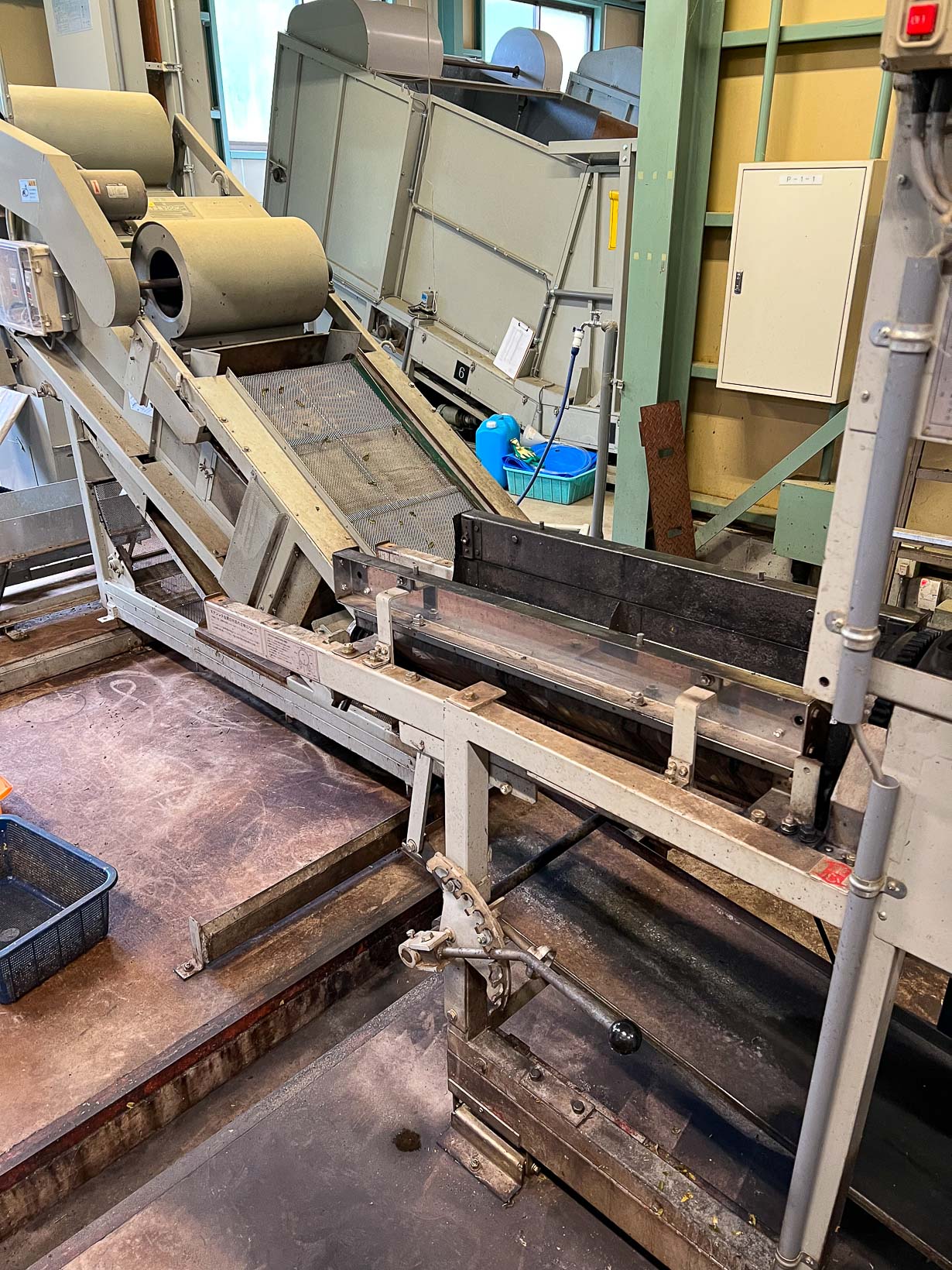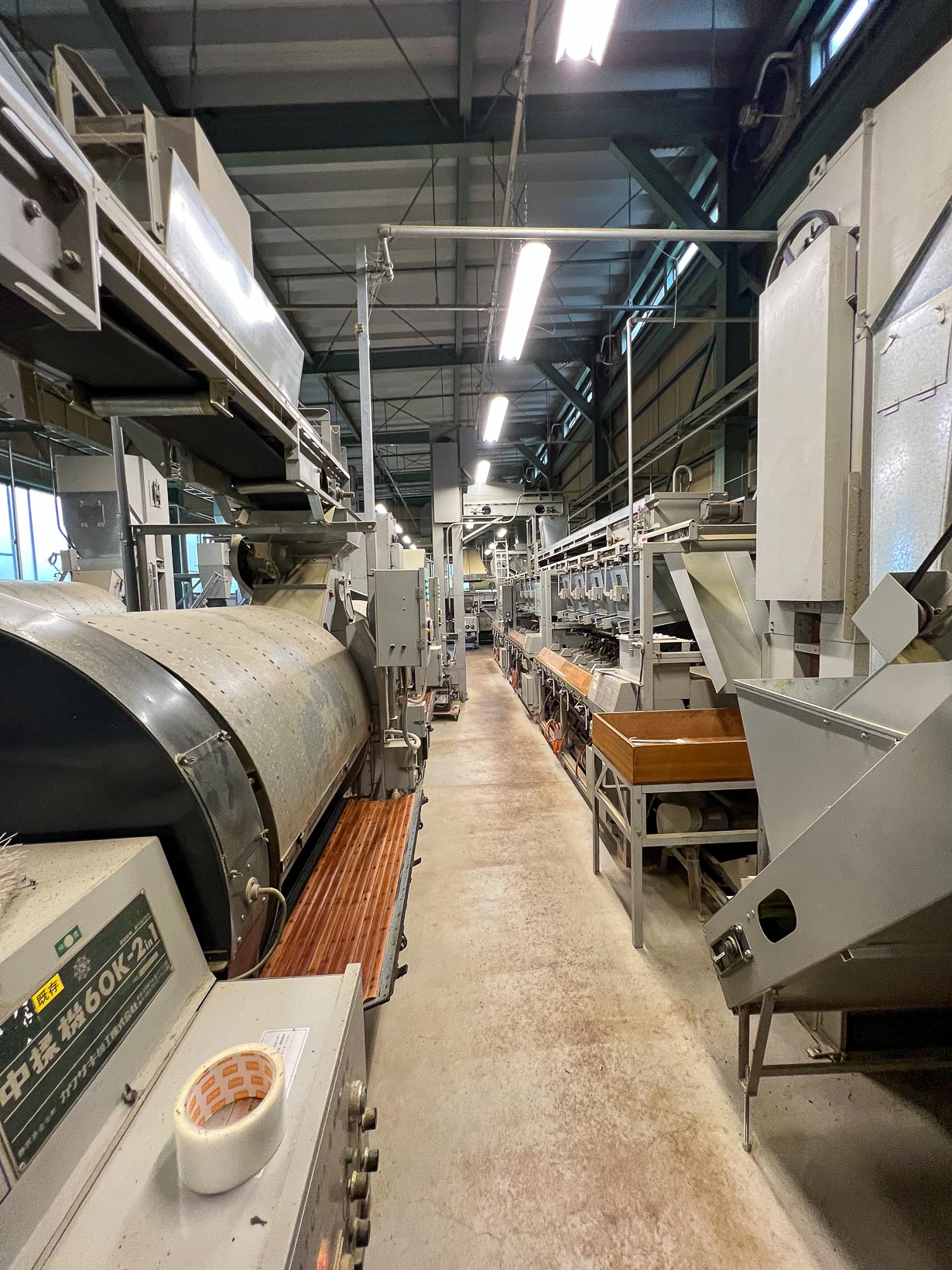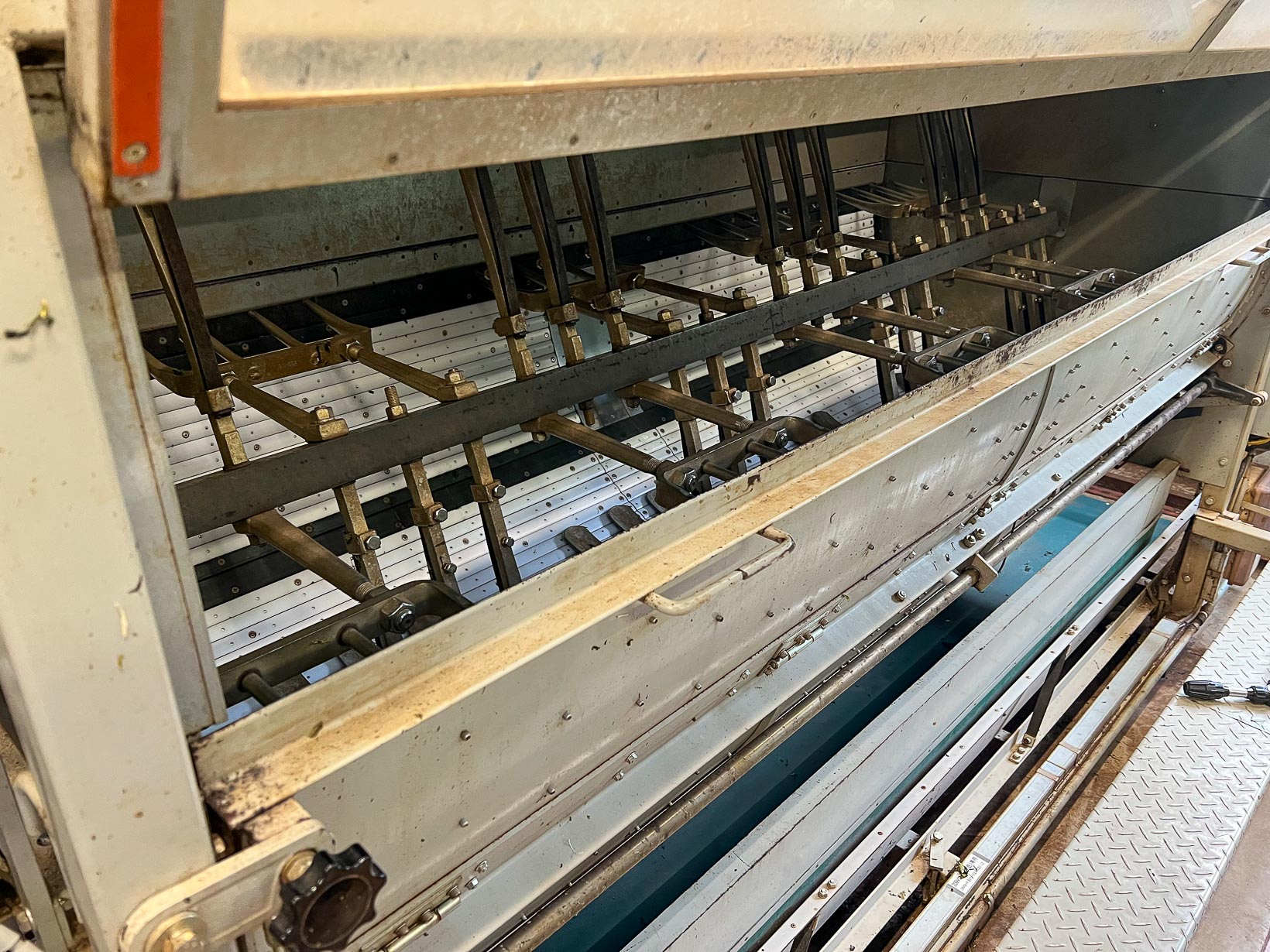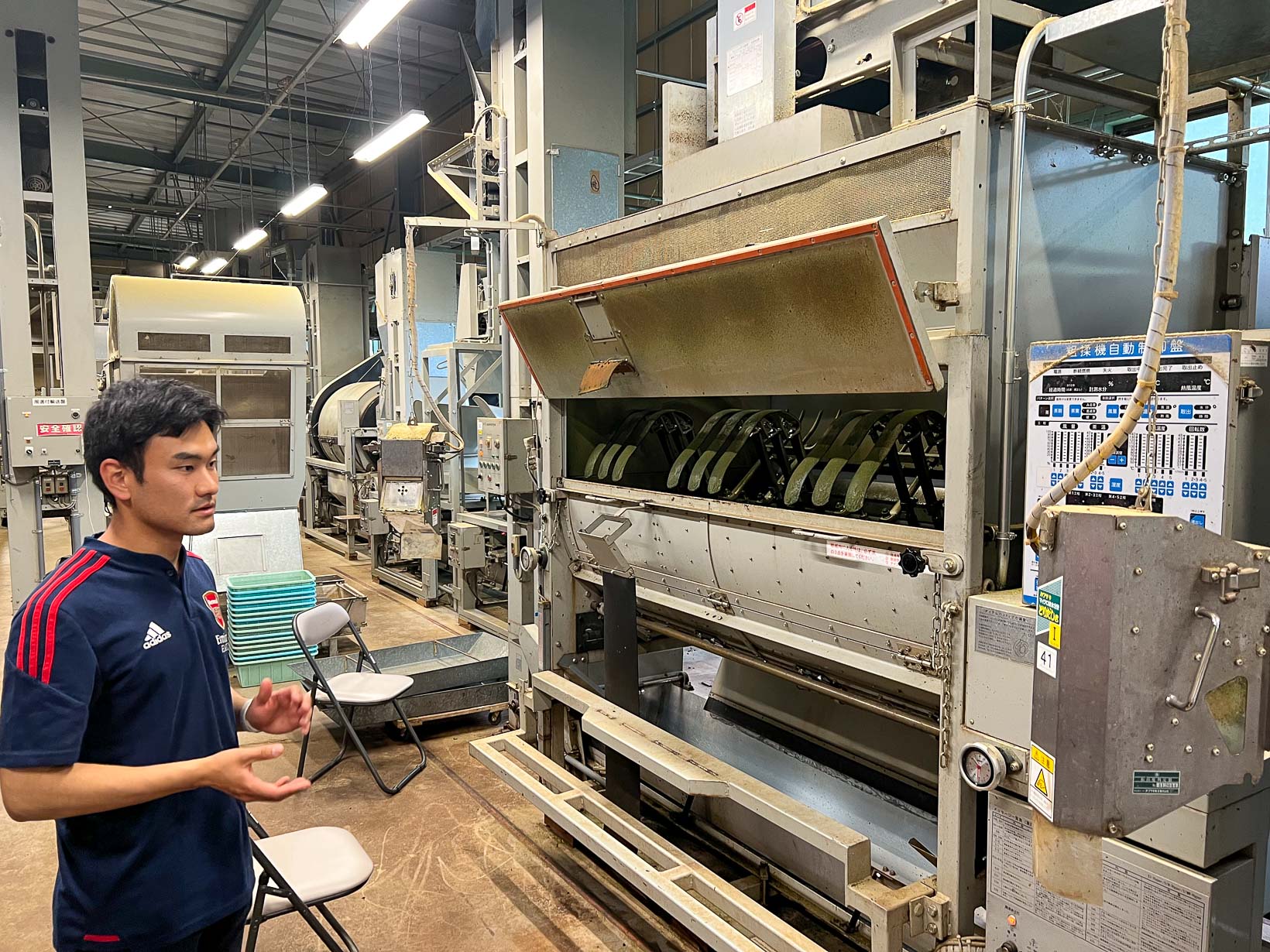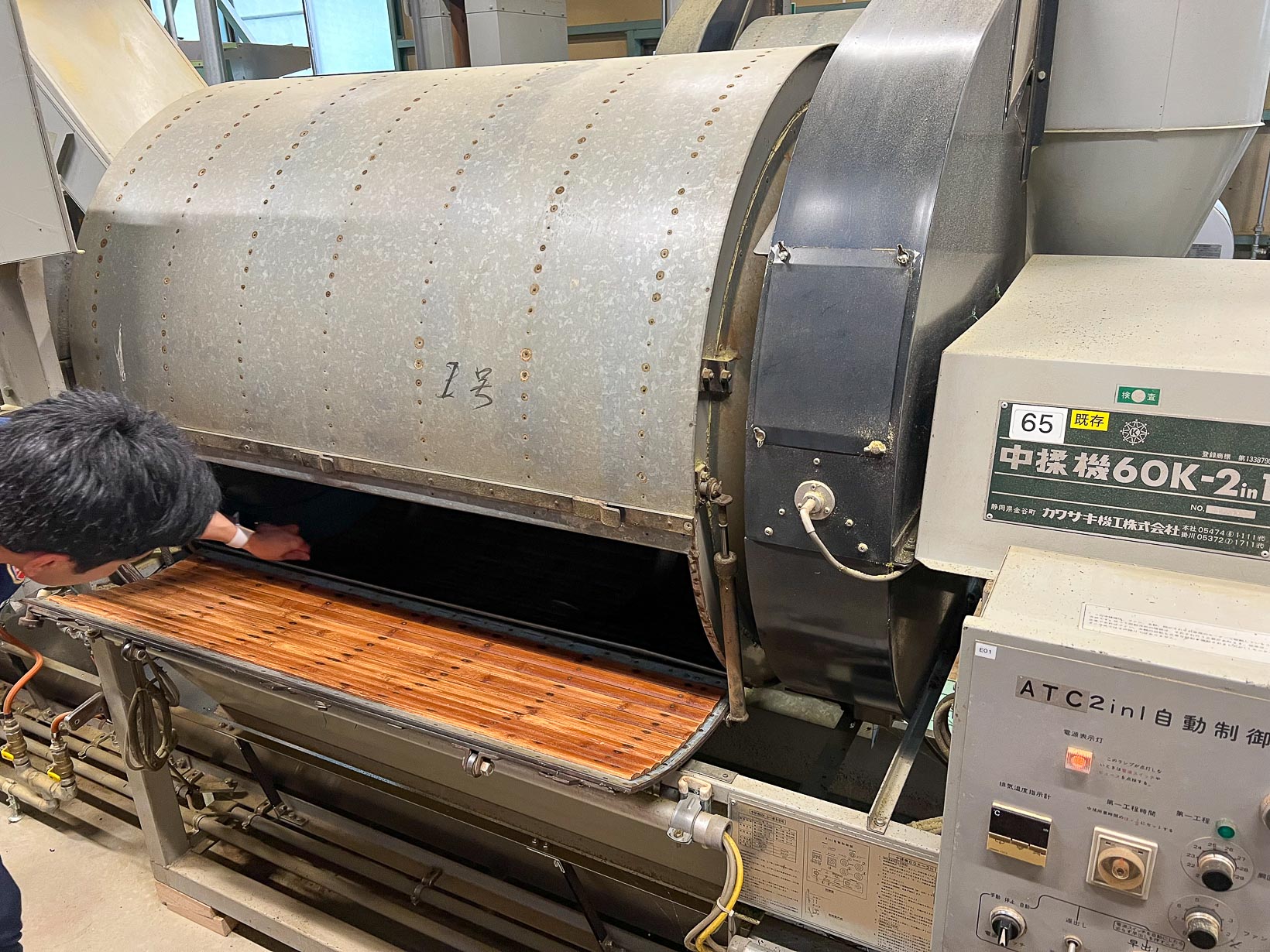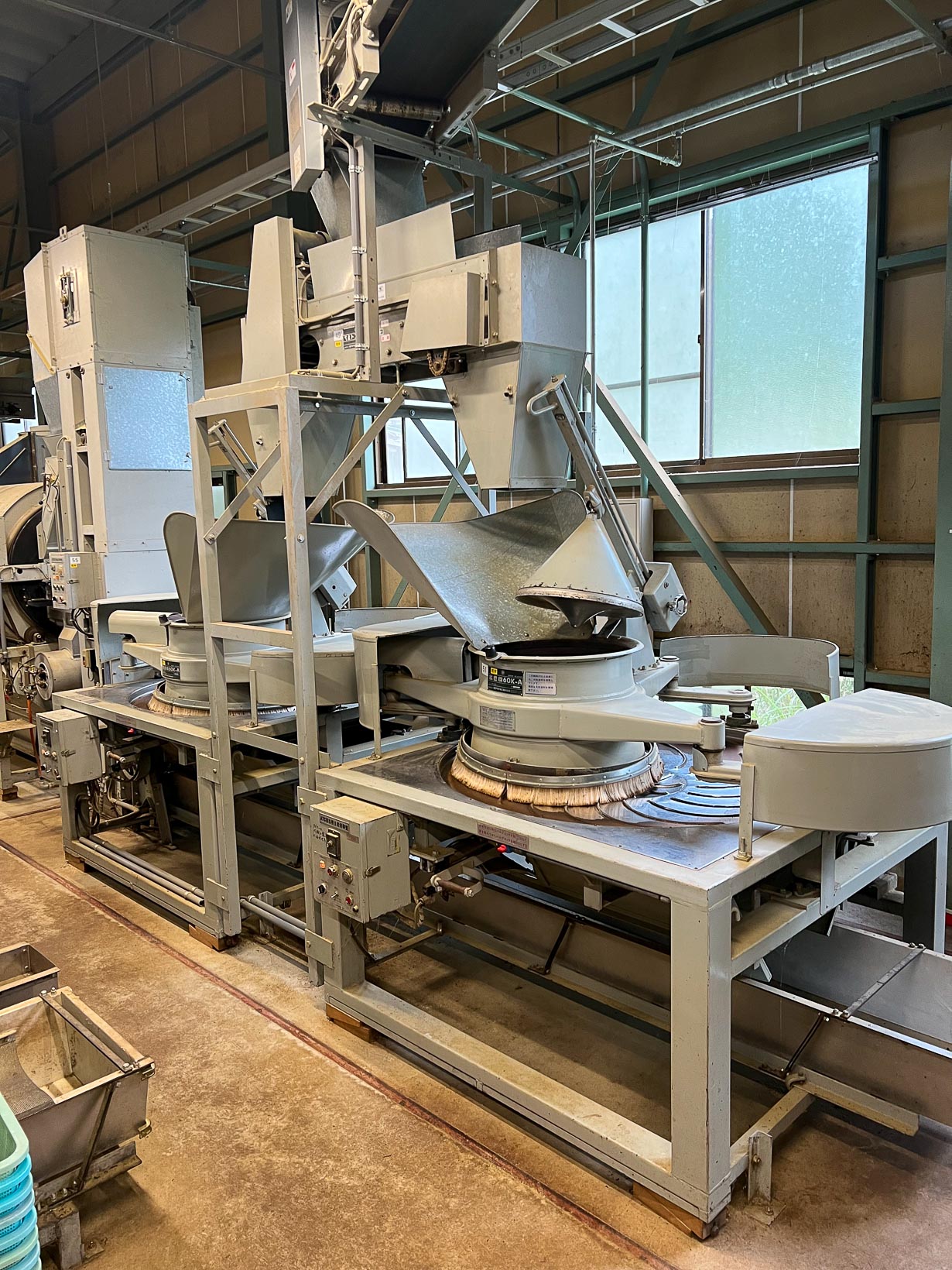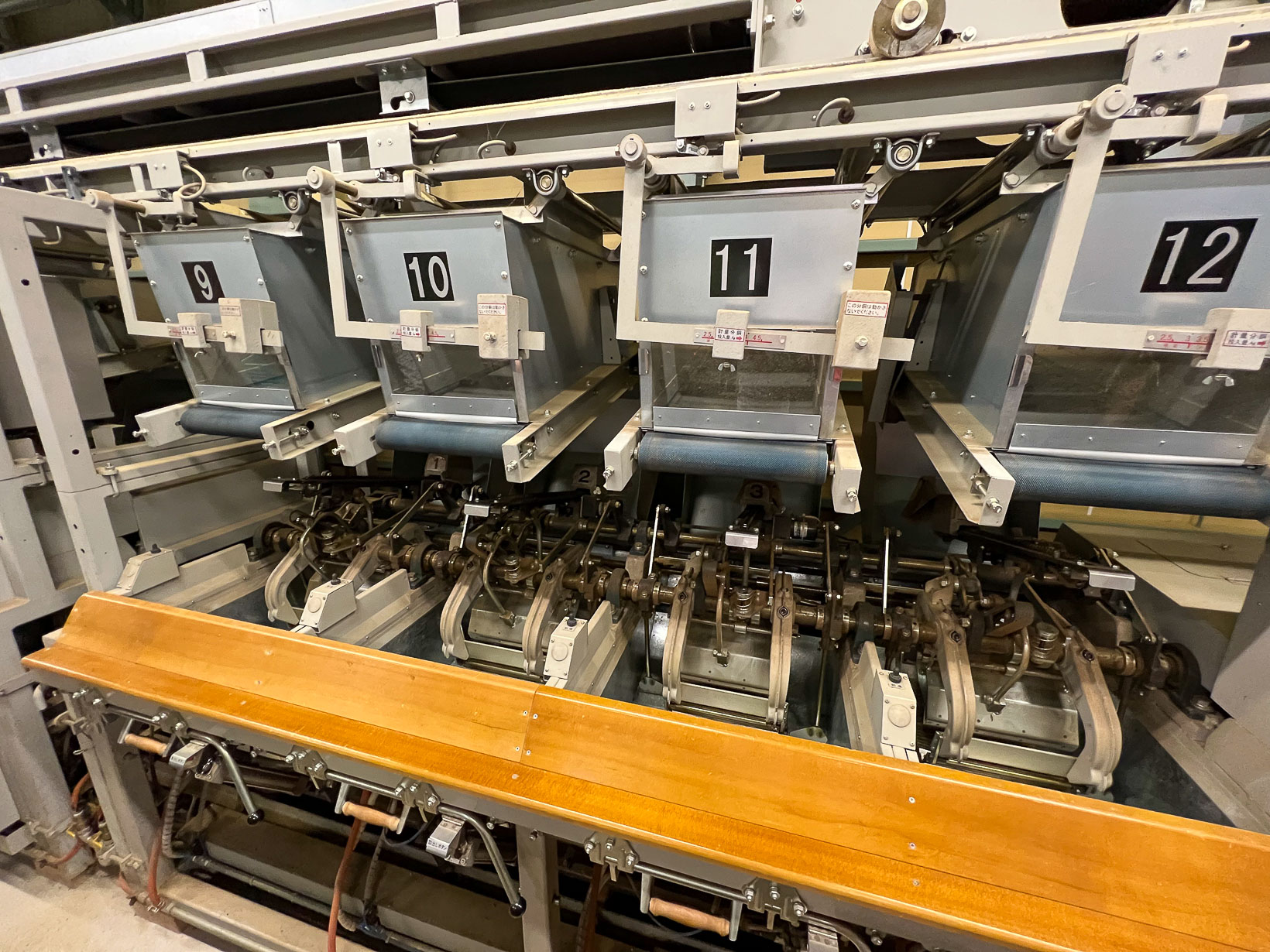Welcome to the October 2023 edition of the Curious Tea subscription! This month we will be focusing on some of the new novel teas coming from Japan. Here’s a closer look at the four exciting new teas that we are sharing with our subscribers this month.
The two light teas we selected are both lightly oxidised oolong tea. The first tea is a particularly floral Yabukita Oolong from Okochi that is reminiscent of high grade Taiwanese green oolongs. The second light tea is a bit more complex and fruity, a Benifuki Oolong from Honyama.
For the dark side of the selection we have an extremely unusual dark tea known as Kurocha that has been fermented with koji. Finally the last tea to be featured is a savoury and tangy GABA Wakocha black tea.
Our Discovery subscription boxes contain 10g taster pouches of all of the above mentioned teas. If you are a subscriber you will benefit from a 10% discount on all teas from our tea shop!
Let’s get into further detail on these teas featured in our October tea subscription boxes.
Okochi Yabukita Oolong
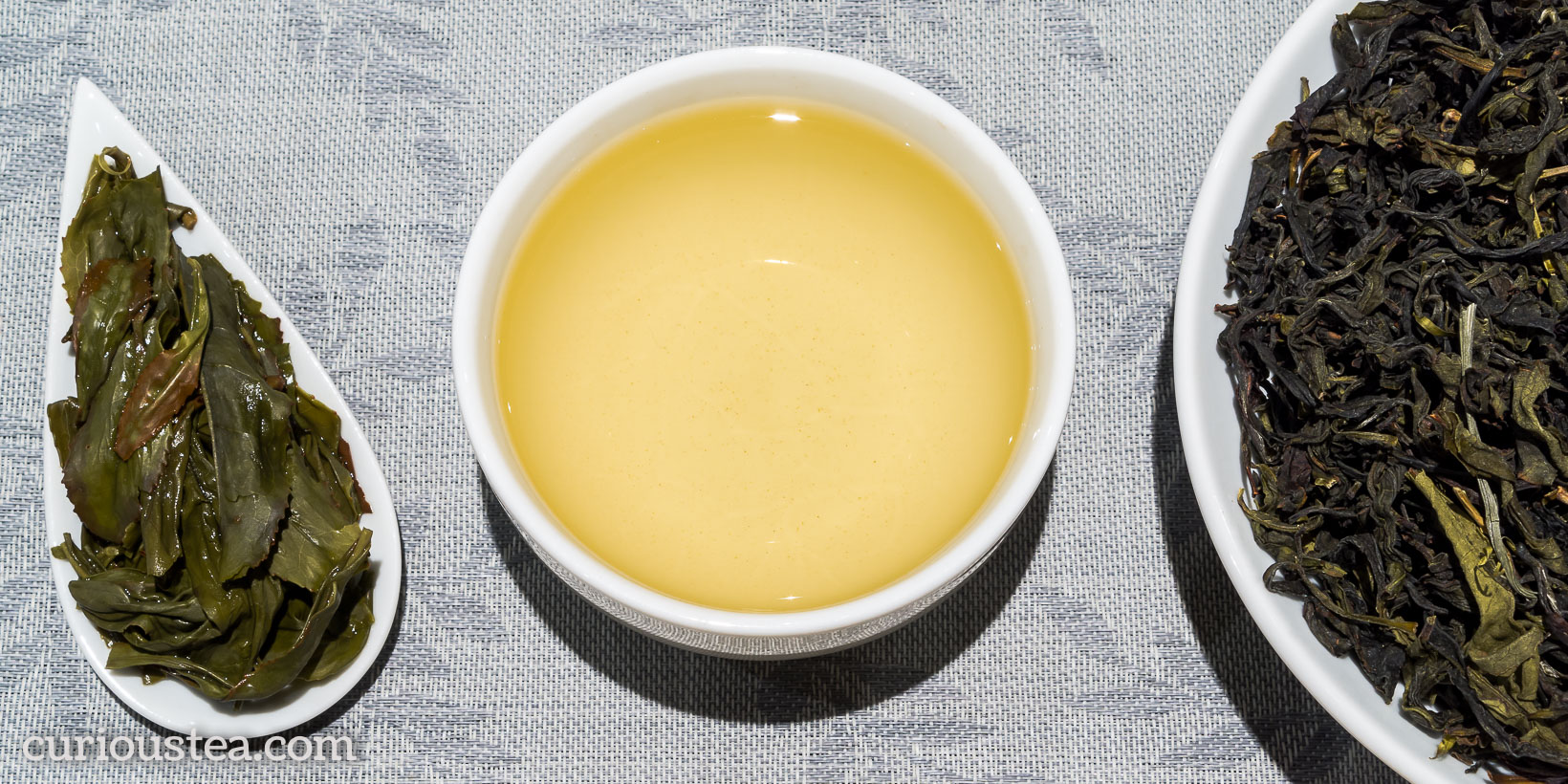
Okochi Yabukita Oolong (大河内やぶきた烏龍茶) is a wonderfully floral and smooth oolong from Okochi in Shizuoka, Japan. It is expertly made from the leaves of the Yabukita cultivar plants, usually reserved for green tea production. The resulting floral and buttery flavour is reminiscent of the best lightly oxidised Taiwanese oolong teas. We source this tea via a specialist refining factory in Shizuoka who work directly with the farmers. They provide end processing and refining at their small factory in Shizuoka but also support smaller farmers in distributing their teas, developing new tea types and improving their techniques.
Located further upstream from Honyama along the Abe River, Okochi is not a famous tea growing area. However it does share many of the characteristics of neighbouring famous tea growing areas of Shizuoka, delivering perfect growing conditions for great tea.
This particular Yabukita Oolong comes from an artisanal tea business based in Aoi Ward in Shizuoka Prefecture. This consists of a small tea factory and a few tea gardens around Shizuoka in places like Okochi and Honyama. It is run by a team of young enthusiasts who share the same story. Growing tired of hectic life in big cities, they decided to come together and start a tea business that is completely opposite to their previous city life. Their focus is very much on developing and crafting new tea types. As traditional tea production is declining in Japan, this is a very much needed injection of energy and innovation that will hopefully contribute in a different way to preservation of Japanese tea craft in the longer term. Below are just some of the main machinery found at this particular crude factory:
Their factory feautures new modern machinery that enables them to make both crude tea for further refining at refining factories, but also finished product, such as oolong tea and black tea. The two oolong teas (this Yabukita and Benifuki) are already showcasing their skill at making these. But they also have other highly experimental teas, such as Koji Fermented Kurocha and whisky and sake barrel aged teas (coming to our shop soon!). They are also taking over more of the abandoned tea gardens. As we witnessed on our recent visit to Shizuoka, there are quite a few of those!
This Okochi Yabukita Oolong consists of large lightly oxidised leaves. It produces a bright, lightly coloured liquor with a floral aroma. The taste is definitely on the lighter and floral side, reminiscent of Taiwanese high mountain oolongs. Overall flavours are subtle and balanced. The dominant floral taste combines nicely with buttery and creamy notes. There is a sweet note running throughout the taste, making this Yabukita Oolong a very approachable cup. The smooth aftertaste has a lasting floral note and no astringency or dryness.
It is best brewed at 90°C for 2-3 minutes according to your taste. It can be brewed 3+ times depending on your taste preferences. This tea is best brewed in a way similar to other green oolongs, so we encourage to experiment based on your favourite method of brewing those.
You can also buy this Okochi Yabukita Oolong tea in our online shop.
Honyama Benifuki Oolong
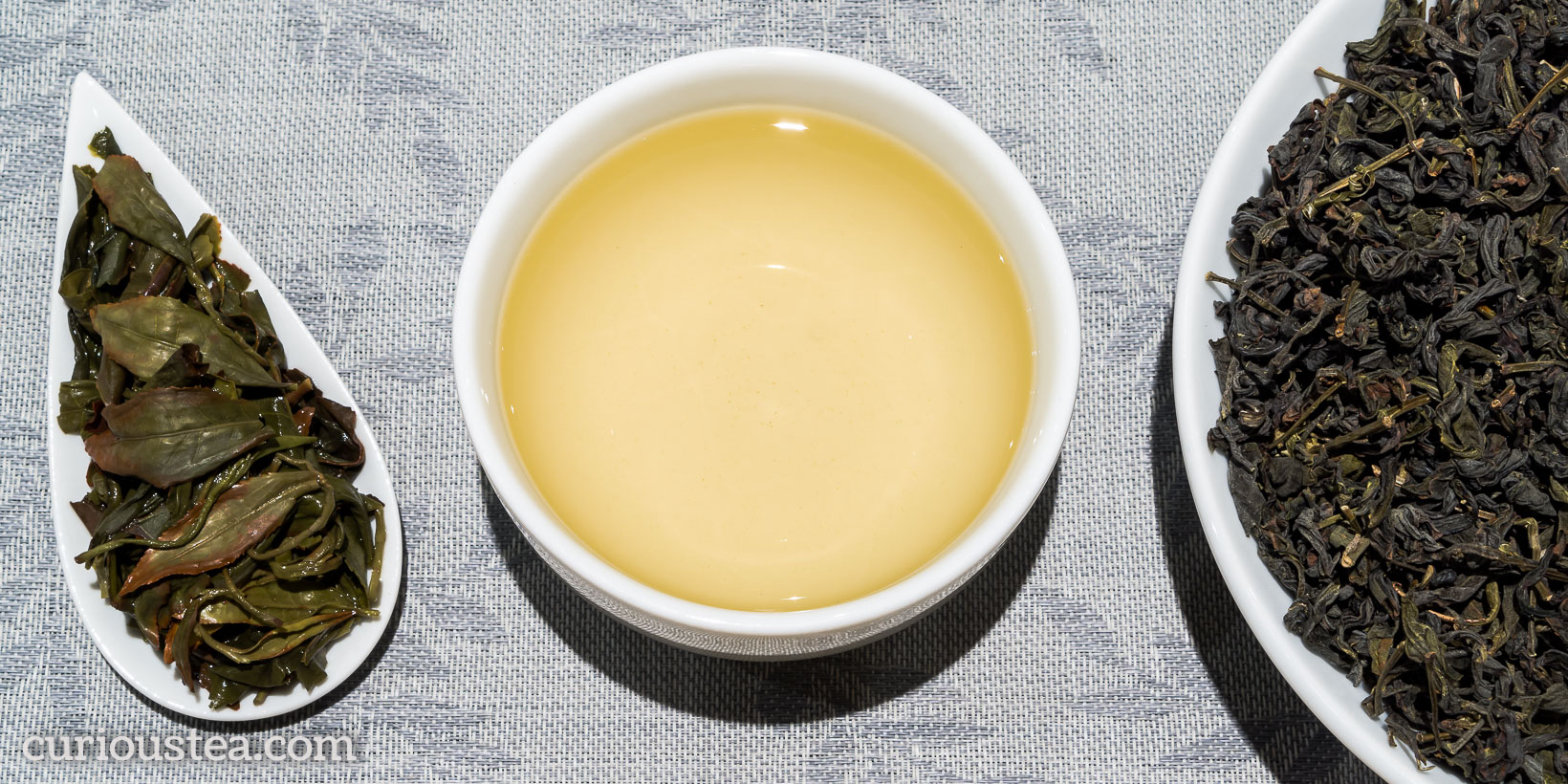
Honyama Benifuki Oolong (本山べにふうき烏龍茶) is a complex oolong from the famous Honyama tea growing area of Shizuoka in Japan. It is expertly made from the leaves of the Benifuki cultivar plants. The resulting fruity taste is smooth and refreshing with light mineral dryness. As with the Yabukita Oolong above, this particular Benifuki Oolong comes from the same artisanal tea business based in Aoi Ward in Shizuoka Prefecture.
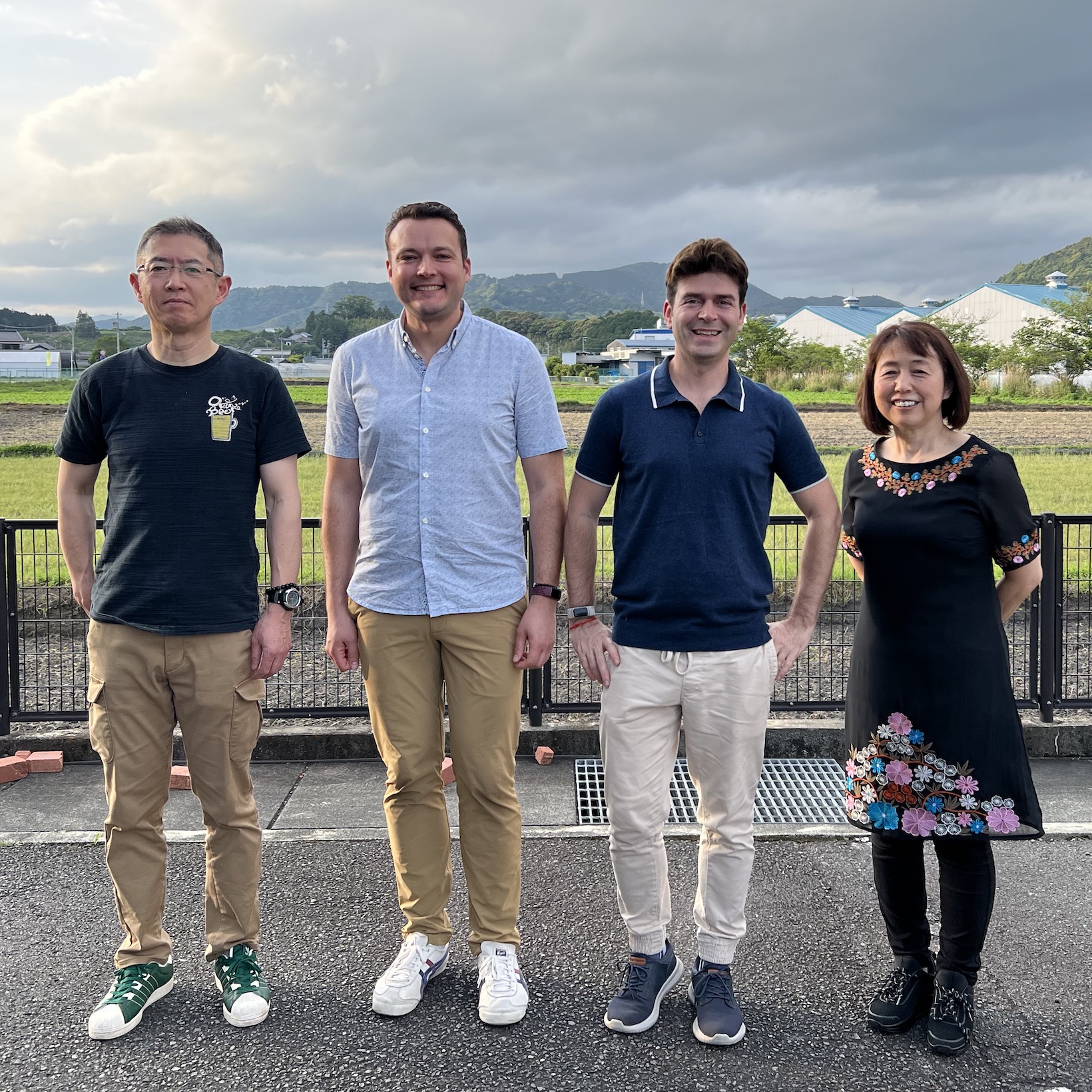
Honyama is a terroir famous in Japan for producing particularly fine teas that has a tea growing history of over 800 years. The fields are located on steep slopes surrounding the Warashina and Abe Rivers that often produce foggy conditions. This fog and less exposure to the sun acts as a natural way to slow down the growth of the tea plants, resulting in richer and more fully flavoured teas.
This oolong utilises the leaves of the Benifūki cultivar plants. The Benifūki cultivar (also often written as Benifuuki in English) is the result of cross-breeding two cultivars in Japan in the 1960’s. The selected cultivars were MakuraCd86, a Camellia sinensis that originated from descendants of Darjeeling plants, and Benihomare that originated from descendants of Camellia assamica plants found in India and Sri Lanka. The actual Benifūki cultivar was registered in Japan only in 1993 but has become rather popular for production of Japanese oolong and Benifuki Wakocha black teas.
When made into a green tea, Benufuki green teas contain the largest concentration of methylated catechin of all the Japanese teas – this is actually responsible for the bitterness and astringency of the tea! Methylated catechin content of Benifuki green tea has been shown as having potential for reducing allergies and hay fever. Only Benifuki green tea is useful for that as the methylated catechin is destroyed when the tea is processed as a black tea, or reduced when it is processed as an oolong. It is this compound that brings a little astringency to this tea.
This Honyama Benifuki Oolong consists of large lightly oxidised leaves. It produces a bright lightly coloured liquor with a light fruity aroma. The complex smooth taste has a dominant fruity flavour with herbaceous notes. Peachy notes combine nicely with dryer woody and hay notes to create a slightly more drying flavour. There is pleasant minerality and chalkiness that is especially more evident on the aftertaste. There is a hint of dryness and astringency that showcases the Benifuki cultivar character, especially if brewed for longer or at higher temperatures.
It is best brewed at 80°C for 2-3 minutes according to your taste. It can be brewed 3+ times depending on your taste preferences. This tea is best brewed in a way similar to other green oolongs, so we encourage to experiment based on your favourite method of brewing those. The nature of the Benifuki cultivar means that you may find some astringency in the taste. Hence we suggest using lower temperature than with most other oolong teas.
You can also buy this Honyama Benifuki Oolong tea in our online shop.
Koji Fermented Kurocha
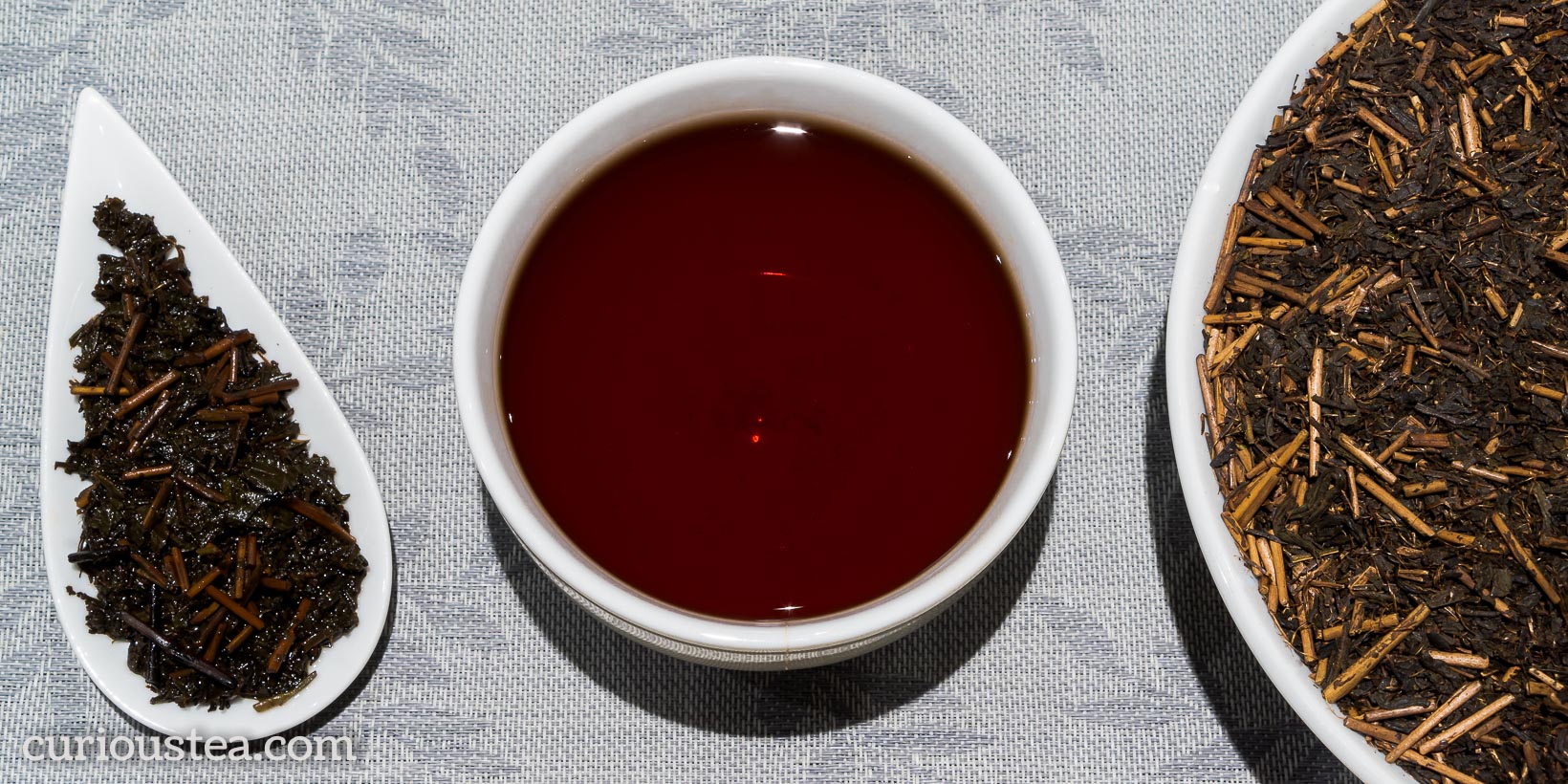
Koji Fermented Kurocha (麹黴黒茶) is a highly unusual Japanese dark tea that is fermeted for a period of one month with the help of yellow koji. Made from crude tea from Yabukita cultivar plants grown in Honyama in Shizuoka, it produces a unique flavour that is very different to most other teas in the dark category. The refreshing complex taste is both sweet and tangy, featuring a thick mouthfeel and a lasting tangy aftertaste. As with the oolong teas above, this Kurocha comes from the same artisanal tea business based in Aoi Ward in Shizuoka Prefecture.
This Koji Fermented Kurocha is made from aracha (荒茶), or crude tea.
Here it is important to gain a quick understanding of green tea manufacturing in Japan, especially so in Shizuoka. The tea farmers harvest the tea leaves and carry out initial processing of steaming, cooling, rolling and drying. This is done in their own smaller factories or perhaps larger cooperative ones. The resulting tea is called aracha (荒茶) and this is a crude (unrefined) tea that has to go through shiage (仕上げ), a refining process. Since this requires complex larger machinery, this refining is usually done by larger factories and wholesalers who then distribute and market the finished tea. The shiage refining process can be adjusted according to tea type and grade and involves sorting (senbetsu 選別), drying or firing (hiire 火入れ) and blending (gogumi 合組). This processing results in two products: honcha (本茶), the main tea and finished product and denomo (出物), the three types of refining by-products that do not make the grade for honcha. The three types of denomo are: stems (kukicha 茎茶), buds (mecha 芽茶) and flakes (koncha 粉茶). These by-products are still used in tea, they just do not make the finished sencha or gyokuro product that is sold to consumers.
The refining process is an important stage that not only sorts the undesirable elements of the tea out, but also greatly stabilises the tea flavour. The drying process reduces moisture content from about 5% to around 3%, improving the flavour and longevity of the finished tea. Commonly the refining factories will store aracha after harvest in a controlled environment. So the refining will be done to order as and when needed, ensuring that the tea is fresh when it is shipped out. Again this greatly improves the longevity of flavour. Certain teas, like high grade Gyokuro will be stored in aracha form for about 6 months before being refined in order to mature the flavours of the tea. Since the shiage process plays such an important role, it is virtually impossible to purchase aracha since that is an unfinished product.
The maker of this Kurocha decided to use aracha, which incorporates both honcha and denomo. So the tea consists of the main leaves, but also of plenty of stalks and stems as well as smaller tea particles. The reasoning is that aracha is better suited for fermentation than a finished tea product. The tea is then fermented for one month using yellow koji mold (黄麹). Yellow koji (Aspergillus oryzae) is used in production of sake, but also miso, soy sauce and mirin. After the desired fermentation level has been achieved, the tea is stirred and dried. Both the stirring and fermentation lead to further degradation in leaf size, resulting in a smaller and finer leaf.
This Koji Fermented Kurocha consists of mixed leaves or varying sizes that are more broken down due to processing involved. Since this is a crude tea, there are also plenty of stems and stalks in the mix that contribute to the complex flavour. It produces a ruby red liquor with a tangy aroma that is malty and chocolaty. The supremely smooth taste has a refreshing taste with sweet and tangy notes reminiscent of sour red fruits and toffee apples. It also delivers a surprisingly creamy and thick mouthfeel that really balances the overall flavour. The finish is very clean with a lasting tangy aftertaste. A completely unique tea!
It is best brewed at 95°C for 2-3 minutes according to your taste. It can be brewed 3+ times depending on your taste preferences. Due to smaller nature of the leaf we suggest using a brewing vessel with a finer mesh.
You can also buy this Koji Fermented Kurocha dark tea in our online shop.
GABA Kanayamidori Wakocha
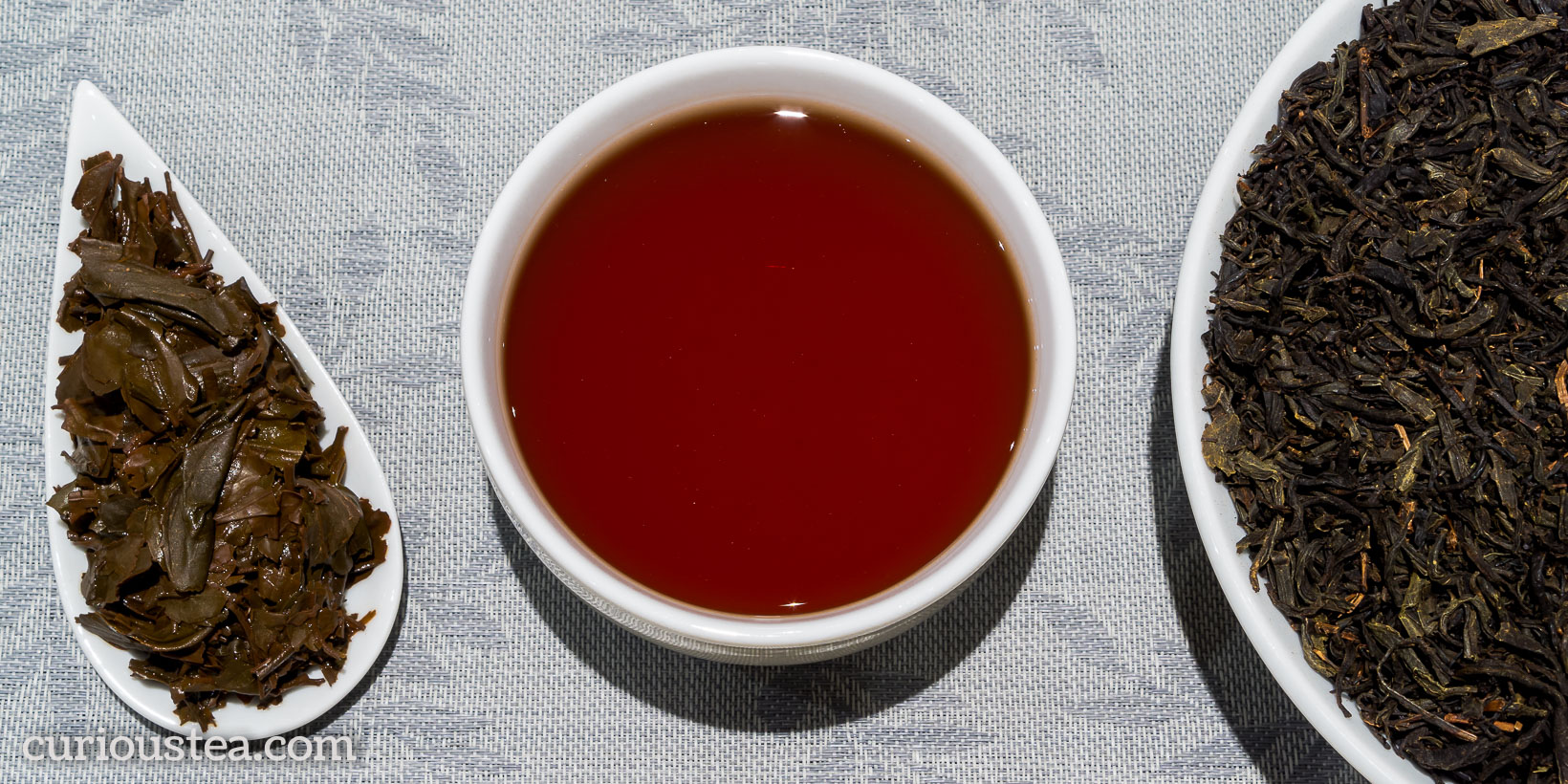
GABA Kanayamidori Wakocha (ギャバかなやみどり和紅茶) is an organic GABA black tea from Shizuoka Prefecture in Japan. It undergoes a proprietary processing method to achieve a very high GABA content that is measured at 380mg/100g of dry leaf, currently the highest of all of our teas. This tea utilised the Kanayamidori cultivar that is usually used in green tea production. The GABA processing results in a complex tangy taste with fruity and savoury notes. We source this tea via a specialist refining factory in Shizuoka who work directly with the farmers. They provide end processing and refining at their small factory in Shizuoka but also support smaller farmers in distributing their teas, developing new tea types and improving their techniques. This tea is produced for them by one of the farmers they closely work with. This batch is the second flush harvest from June 2023.
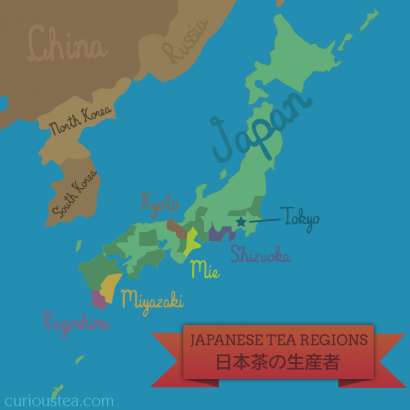
While this tea is positioned as a ‘health tea’ in Japan due to the high GABA (Gamma-aminobutyric acid) content, we also do find it to be delicious! While personal experiences vary, many tea drinkers experience a calming and relaxing effect on the body that is combined with clarity of mind from this type of tea. It’s a perfect choice when practicing meditation, yoga and Tai Chi.
As with all GABA teas, it undergoes a period of processing in an oxygen deprived environment. Typically this involves placing the tea leaves in a special vacuum tank that is then flushed with nitrogen. The leaves undergo a very slow oxidation that vastly increases the GABA content. For this particular tea, adjustments have been made to the processing to further increase the GABA content. Unfortunately we do not know how this is different to normal GABA tea production since it is an undisclosed production knowhow that the producer is hoping to be able to patent in future.
Even though the GABA tea processing was invented by Japanese scientists, it was Taiwanese tea growers who really popularised it. While GABA Oolong from Taiwan is the most popular and common type at the moment, some GABA Green tea is also produced in Taiwan. Japan is also producing GABA green tea, but the production is limited and most of this tea stays in Japan. While we have a heavily oxidised Red Jade GABA from Taiwan, this Japanese GABA black tea delivers quite a distinct character.
This GABA Kanayamidori Wakocha consists of mixed sized leaf, with some leaves being evidently less oxidised due to GABA processing. It delivers a dark coloured liquor with a fruity aroma. The dominant fruity flavours that are found in other such teas here are combined with more complex notes due to a higher degree of oxidation. The savoury taste is tangy and is more akin to a highly oxidised oolong. The complex notes are spicy, with notes of savoury plums, spicy tomatoes and roasted peppers. The aftertaste is a little drying with a sweeter malty, yet tangy finish. This GABA Wakocha is similar to darker Taiwanese GABA Oolong teas, yet it delivers a very distinct Japanese Wakocha character!
It is best brewed at 90°C for 2-3 minutes according to your taste. It can be brewed 3+ times depending on your taste preferences.
You can also buy this GABA Kanayamidori Wakocha black tea in our online shop.
We really do hope that you enjoy this tea selection and are looking forward to the selection in our November box. It will feature a classic Fish Hook green tea from Vietnam as well as a wonderfully fragrant Jasmine Snow Dragon tea from China. For the darker side of the selection, we selected a Korean dark tea that is similar to the Japanese Kurocha from this month and a heavily roasted GABA oolong from Taiwan.
If reading this has made you curious about our teas, but you don’t yet subscribe to a monthly tea selection, you can sign up for our tea boxes in just a few clicks. We ship worldwide from London, UK.
We always love to hear from you, so if you have any questions, suggestions or just want to chat about tea, email us at contact@curioustea.com, via our Facebook page or via Twitter.

